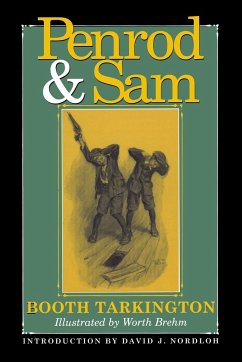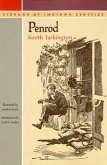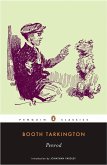In Penrod and Sam, the imaginative adventures of Tarkington's 10-year-oldPenrod Schofield continue. Penrod's sidekick is Samuel Williams, and together theyimprovise, causing general mischief and disorder wherever they go. In picaresquefashion, a fencing battle takes them all through the neighborhood; they narrowlyescape serious injury while making boastful demonstrations with a loaded gun; theyindulge in dubious "'nishiation" practices for their secret society; theysteal food for the starving horse concealed in the Schofields' empty stable; theyattempt to fish a cat out of a cistern using a pair of trousers; and they causegeneral chaos at Miss Amy Rennsdale's dance. Familiar characters from the earlierPenrod volume -- Maurice Levy, Georgie Basset, Roddy Bitts, Herman and Verman, andMarjorie Jones -- make their appearance in Penrod and Sam. This is a delightfullynostalgic look at Tarkington's turn-of-the-century Indiana.
Hinweis: Dieser Artikel kann nur an eine deutsche Lieferadresse ausgeliefert werden.
Hinweis: Dieser Artikel kann nur an eine deutsche Lieferadresse ausgeliefert werden.








